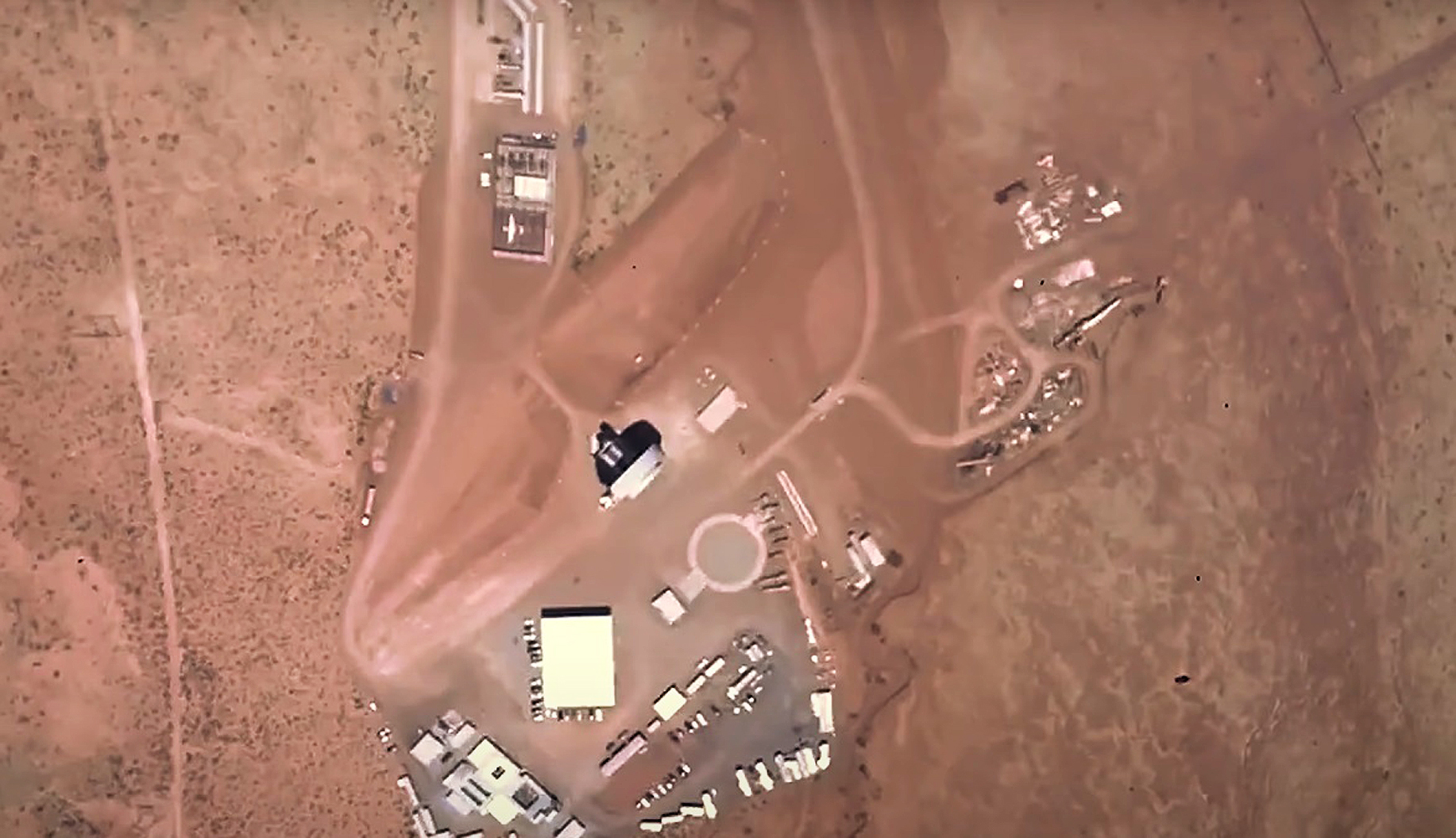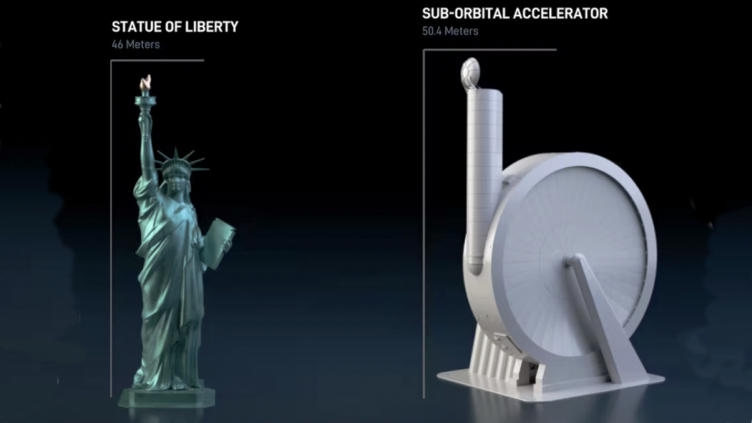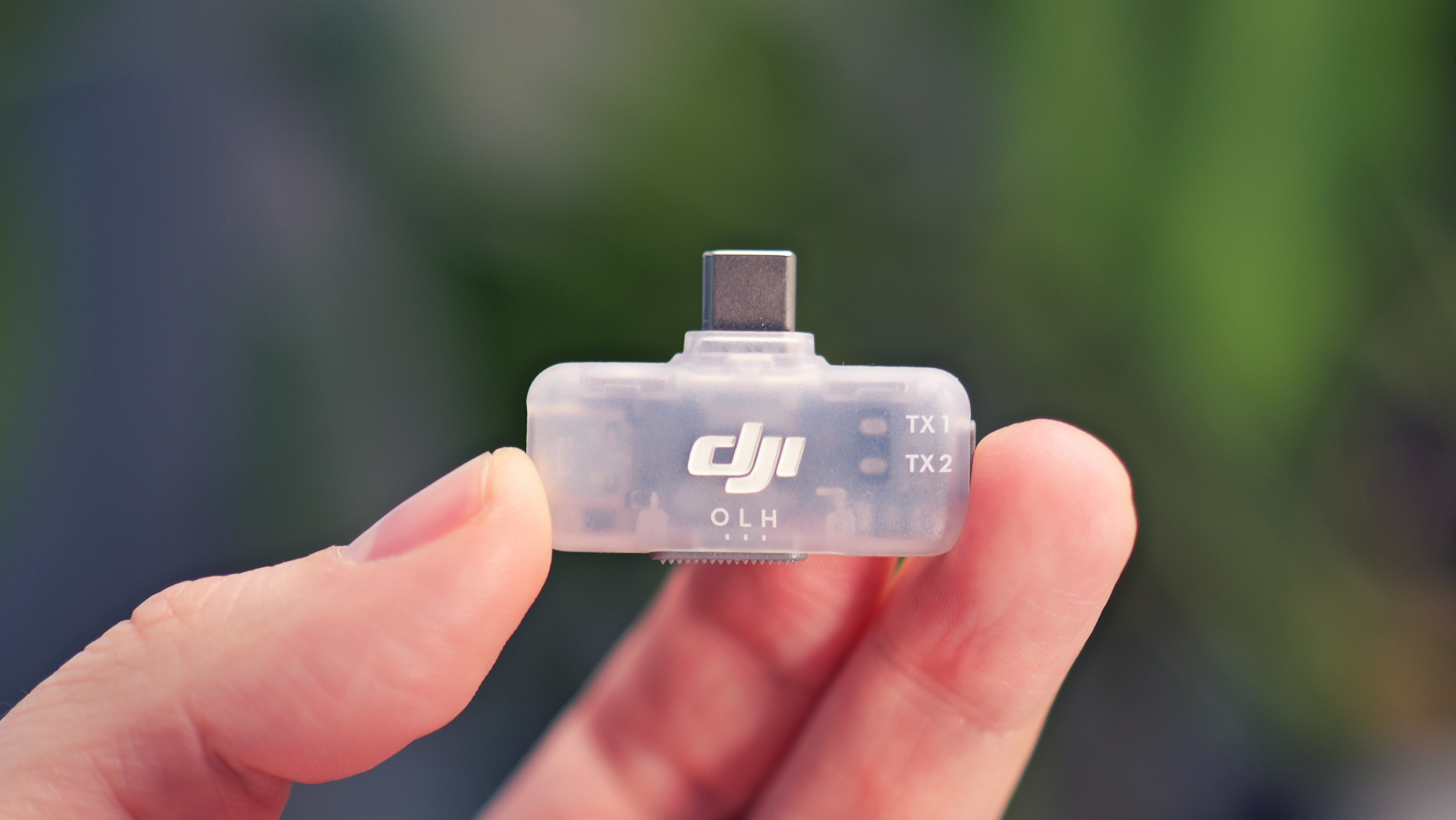Camera launched at 1,000mph from Earth to the Moon for science
See what it looks like to launch into space

On Friday 22 April, SpinLaunch conducted flight test number 8 where the engineering team tested the first optical camera payload in their Suborbital Accelerator. Check out the onboard footage below that shows the perspective of the 3-meter flight test vehicle being launched into the atmosphere at more than a thousand miles per hour. Flying with the digital camera system onboard marks an important step towards integrating complex payloads into SpinLaunch flight test vehicles.
Comprised of the key components needed for the Orbital Launch System, the Suborbital Accelerator is a critical steppingstone in SpinLaunch's path to orbit and providing customers with low-cost, sustainable access to space, but at the moment it looks like a bumpy ride, and you might want to take one or two anti-sick travel tablets from viewing the footage itself.
But this is a big step into space being accessible to the likes of the every-day run of the mill human like you and me. It could open you ways in which to capture our planet and how we monitor Earth's health.
The Suborbital Accelerator uses a carbon fiber rotating arm within a massive circular vacuum chamber to spin payloads to incredibly fast speeds, and basically launch them through the atmosphere. Once above the stratosphere, a rocket is planned to be used to provide the final velocity necessary for orbital insertion and positioning.

The Space Act Agreement signed with NASA will see the company develop and fly payloads, recover and return them. The flight test will provide information to NASA for potential future commercial launch opportunities. The two organizations will also work together to analyze the data and assess the system for future flight opportunities. After the review, NASA and SpinLaunch will publish all non-proprietary launch environment information from test flights.
Jonathan Yaney, founder and CEO of SpinLaunch said, “SpinLaunch is offering a suborbital flight and high-speed testing service, and the recent launch agreement with NASA marks a key inflection point as SpinLaunch shifts focus from technology development to commercial offerings.
So will we see "launch tested" cameras to mark durability in the future, who knows, but what I do know is, this is a very interesting time for Space and exploration, no just in the stratosphere, but also in photogrammetry – imagine what this new launch technology could do to that industry, instead of taking painful hours of data and scanning, you could optionally launch a camera in the air and do the work for you! - that would be an ideal work and certainly nowhere near that technologically stable at the present, but you read it hear first, 360 degree scanning cameras that shoot out from the earth to the moon – its going to happen!
The best camera deals, reviews, product advice, and unmissable photography news, direct to your inbox!
Read more:
Best star tracker
Best camera for astrophotography
Best telescopes for astrophotography
Best CCD cameras for astrophotography

For nearly two decades Sebastian's work has been published internationally. Originally specializing in Equestrianism, his visuals have been used by the leading names in the equestrian industry such as The Fédération Equestre Internationale (FEI), The Jockey Club, Horse & Hound, and many more for various advertising campaigns, books, and pre/post-event highlights.
He is a Fellow of the Royal Society of Arts, holds a Foundation Degree in Equitation Science, and holds a Master of Arts in Publishing. He is a member of Nikon NPS and has been a Nikon user since his film days using a Nikon F5. He saw the digital transition with Nikon's D series cameras and is still, to this day, the youngest member to be elected into BEWA, the British Equestrian Writers' Association.
He is familiar with and shows great interest in 35mm, medium, and large-format photography, using products by Leica, Phase One, Hasselblad, Alpa, and Sinar. Sebastian has also used many cinema cameras from Sony, RED, ARRI, and everything in between. He now spends his spare time using his trusted Leica M-E or Leica M2, shooting Street/Documentary photography as he sees it, usually in Black and White.
